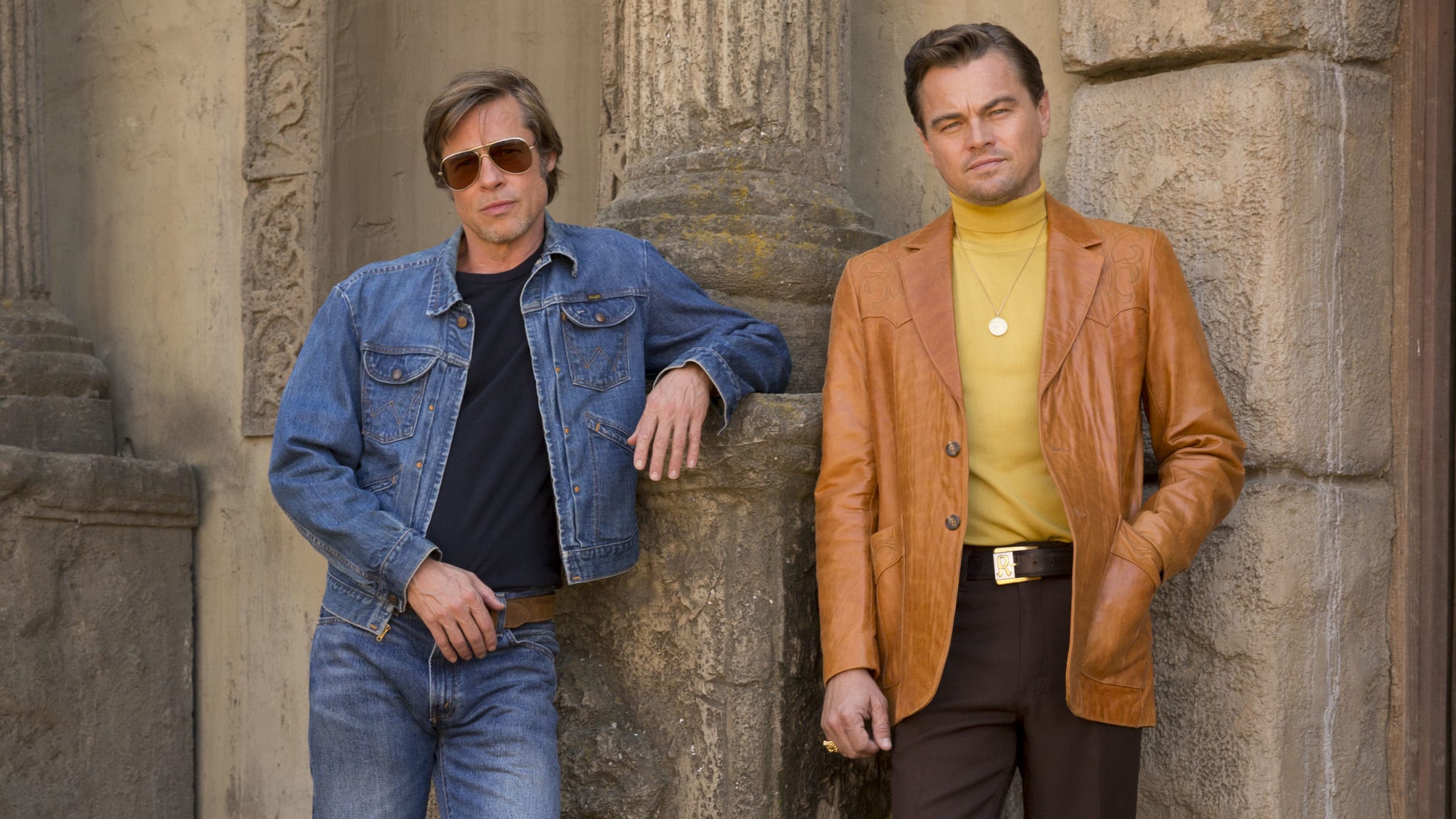
In the realm of cinema, certain directors possess a distinct cinematic fingerprint that is unmistakable in their works. Quentin Tarantino stands as one such auteur, celebrated for his unique storytelling style, unconventional techniques, and rich tapestry of pop culture references. This blog post will delve into Tarantino's auteurship as exemplified in his 2019 film "Once Upon a Time in Hollywood," focusing on the film techniques that underscore his directorial prowess.
Quentin Tarantino's auteurship is characterized by a fusion of recurring stylistic elements and cinematic choices that define his cinematic language. One of his most prominent trademarks is his masterful use of dialogue, which often blends wit, tension, and cultural references. "Once Upon a Time in Hollywood" showcases this signature dialogue, inviting the audience into the characters' worlds through engaging conversations that reveal their personalities, motives, and conflicts.
Moreover, Tarantino's skillful manipulation of tension and pacing is another hallmark of his directorial style. In "Once Upon a Time in Hollywood," he employs deliberate pacing to build anticipation, heightening the impact of crucial scenes. This meticulous control over pacing allows Tarantino to create a rhythm that keeps the audience engaged and invested in the narrative's progression.
Film Techniques in "Once Upon a Time in Hollywood": While "Once Upon a Time in Hollywood" follows a mostly linear narrative, Quentin Tarantino's expert use of film techniques enhances the storytelling experience. One of these techniques is his adept handling of parallel action. The film juxtaposes the lives of two main characters, Rick Dalton and Cliff Booth, as they navigate their separate storylines. Tarantino's skillful intercutting of these parallel narratives adds depth to the characters and provides a layered exploration of Hollywood's changing landscape.
Furthermore, Tarantino's visual storytelling prowess shines through his shot composition and camera movements. The film's meticulously crafted shots, coupled with long takes, draw the audience's attention to details within the frame, capturing both the grandeur of Hollywood and the subtleties of the characters' emotions. This attention to visual aesthetics enhances the film's immersive quality, allowing viewers to absorb the nuances of the narrative environment.
Discussion Questions:
- Quentin Tarantino is known for his distinctive dialogue. How does the dialogue in "Once Upon a Time in Hollywood" contribute to character development and audience engagement? Provide specific examples that highlight the impact of his dialogue techniques.
- Explore the significance of the parallel narratives in the film. How does Tarantino's use of this technique enhance the storytelling by offering multiple perspectives and insights into the characters' lives?
- Lastly, Did you like the film? Why/Why Not? Have you watched any other film by this author? Which one is your favorite?

No comments:
Post a Comment